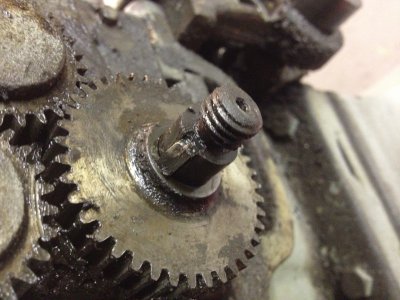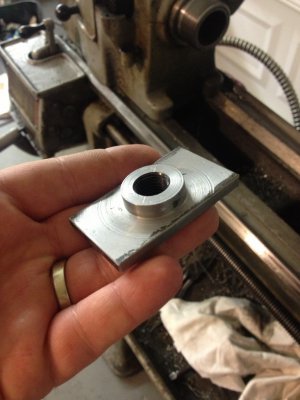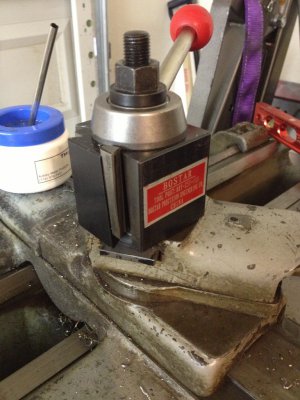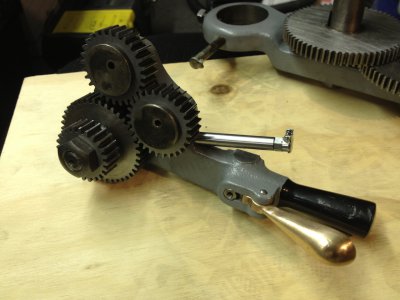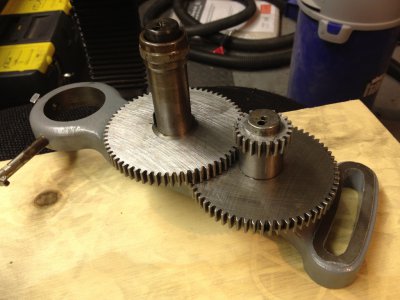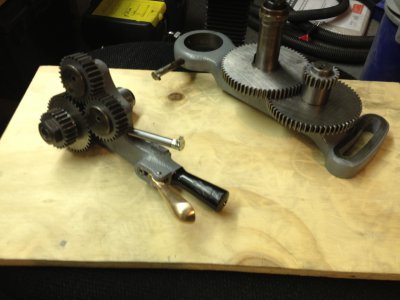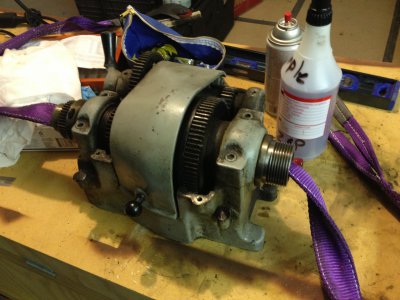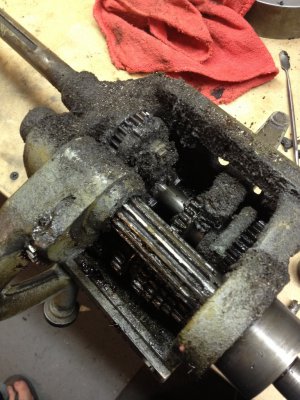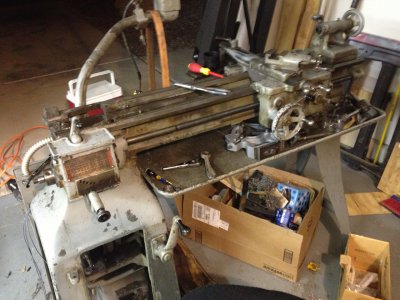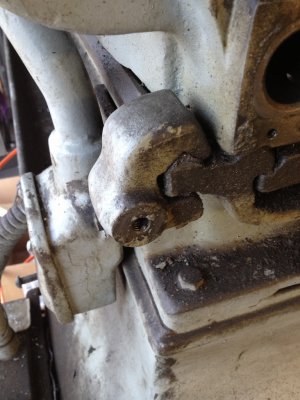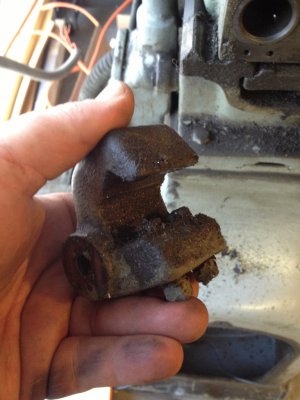- Joined
- May 4, 2013
- Messages
- 249
Nice job on the steady rest! Do you mind sharing what you paid for the unit? I am looking for one, it seems that most are 9" and I see very few heavy 10's to get a good idea on pricing.
Hi there,
I found this lathe on CL, the guy wanted a grand for it, and I gave him an extra 100 for helping me load it. Given the condition, I thought it was a fair price.
Thanks for the advice on the QC toolpost, ordered one today!
As for progress, I didn't get to the QC gearbox like I was hoping, but I did get some more cleaning, stripping and painting done.
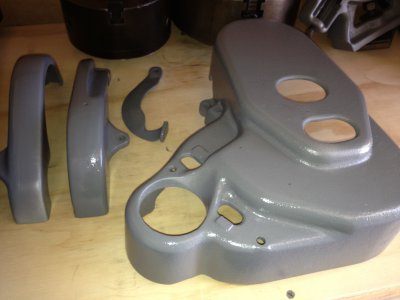
Bull gear guards, and access door, as well as the gearbox cover all done.
Also took apart the three jaw chuck, it was difficult to move, found about pound of dirt and shavings. Once cleaned and greased, moves like a dream!
And a question for Heavy 10 owners, how tight are the cap screws on the spindle bearings supposed to be? I took one off to see the condition of the bearings, and when I re-assembled it, with the shims in the right places, and found I couldn't turn the spindle. After some analyzing, to make sure I wasn't being dumb, I started to take the caps off again, which immediately freed the spindle. After some playing, I find that the screws cannot be tight, as in make them hand tight with an allen key, and back it off 1/8 turn. Does this mean that I am missing shims, or is this just a strangeness of an old machine? There is no noticeable play in the spindle in this state, but it doesn't seem quite right.
Until next week,
-Cody



